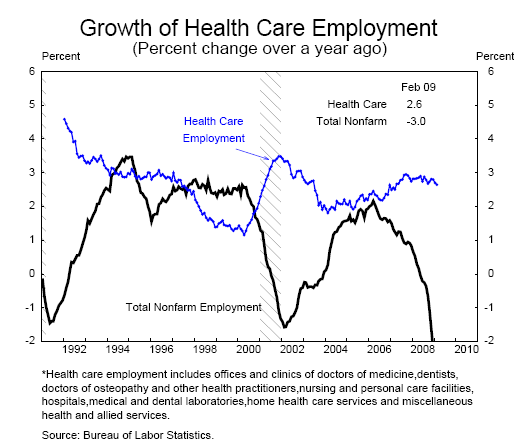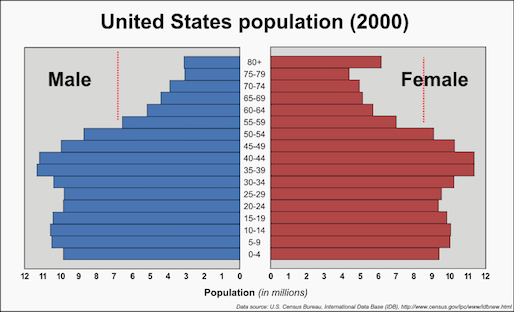
Students obtaining R.N. and B.S.N. Degrees in Nursing from New York have more than doubled since 2002. The number of bachelor’s degrees awarded to nursing students has spiked from 4,913 in 2011 to 5,866 in 2014, according to the University at Albany’s Center for Health Workforce Studies report. These figures present very good news, because New York and the rest of the United States desperately need more nurses.

According to the Bureau of Labor Statistics’, there will be a need for 525,000 replacements nurses in the workforce by 2012-2022, bringing the total number of job openings for nurses to 1.05 million by 2022. Fueled by a baby boom generation of nurses now over the age of 46, the needs of the healthcare community has shifted and poses a substantial challenge to the health care educational community. More than 50 percent of the nursing workforce is close to retirement; younger nurses will need education to close the gap. Luckily, the potential salary and job growth outlook for those who pursue a nursing career has candidates entering nursing degree programs in droves.
This influx of interest in the nursing degree program has necessitated an uptick in online programs for nursing degrees. In fact, the number of fully online R.N. to B.S.N. programs in America has grown by more than thirty percent in the last two years according to the American Association of Colleges of Nursing (AACN).
Today, many online nursing programs provide interactive seminars to students in all nursing courses which address various readings, online discussion, and written assignments. Instructors convey concepts and assignments that aid students gain deeper, cognitive understand of each course. Through this process, learners must demonstrate mastery of the material, which faculty evaluates based on student posts on interactive discussion boards and written papers. In short, online courses prove just as rigorous as in-classroom courses. Online colleges and traditional colleges are accredited in the same way — they both must meet the criteria set by independent accrediting bodies to receive recognition by that body.
In order for the U.S. nursing degree programs to prepare future nurses to tackle the deficit in the field, the growth in on-campus nursing degree programs must increase in conjunction with online nursing degree programs to meet demand.
Graph sources
Growth of Healthcare Employment
Photo Credit
Research Contribution
A. Anderson


